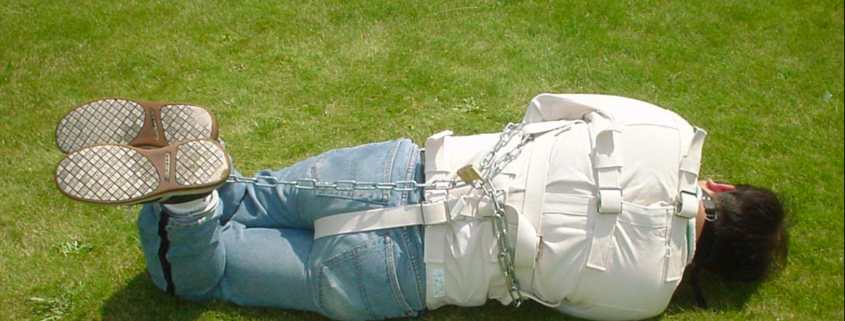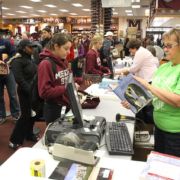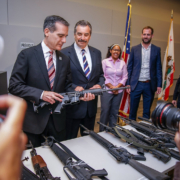Understanding scholarly research agendas
Aspiring scholars are often advised and sometimes required to develop and provide a research agenda.
This written document is supposed to review and summarize a well thought out idea about the kinds of research an individual scholar performs, how they go about doing it, the question/s they answer (or want to answer), and why it’s important to pursue. There should also be a logic that undergirds the research the scholar has done and wants to continue doing.
Research agendas are frequently important components used in the hiring, promotion and awards process in academia.
Committees that review these documents use them to determine the appropriateness of the researchers’ question/s, if the candidate’s work will complement or be tangential to the expertise of the members of academic institutions, and to gauge how academically serious the scholar and their work is.
On the flip side, if a candidates’ approach to subject matter/research questions and method are lacking, they are sometimes perceived to be un or poorly informed, possibly confused, and even superficial. Likewise, moving (i.e., often pejoratively labelled “flittering”) from one idea to another and/or engaging in “opportunistic research” is frequently frowned up, and the candidate is perceived to be unserious.
These latter reactions obscures many realities.
First, when you are a junior scholar, struggling to build a vita, you need to seize as many promising research opportunities (i.e., ones that will lead to relatively quick publication) including ones that may be considered to be low hanging fruit. Sometimes these topics are in diverse fields on different subjects.
Second, many aspiring academics have (or had) nonexistent or poor mentoring. In particular their doctoral supervisor did a poor good job assisting their graduate students explore subjects and questions that may have led to good jobs, publications in respected journals, or appropriate scholarly exposure.
Third, sometimes individuals are ill-suited for a traditional career in academia where in addition to teaching and service instructors and professors are required to conduct scholarly research. This research should not simply be the preparation they do for their classes, nor papers presented at conferences, but the work that is the product of peer-review and typically published in peer-reviewed journals.
Fourth, occasionally situations, like the current COVID-19 crisis appear, and the scholar is in an ideal position (e.g., they have a capable research skills or team) to conduct research and to make a valuable contribution to the literature. They may do some research on this subject and when the well runs dry (regardless of how this is defined), move on to another subject. Many good questions, data, and colleagues to work are presented to scholars not because they are doggedly looking for them but often through the process of proximity, propinquity, and serendipity.
Fifth, just because a scholar successfully completes a dissertation and has a few articles under their belt does not mean that they are really in a position to know what their research agenda is. Research agendas frequently change over the lifespan of scholars.
Sixth, for many academics having a research agenda is a luxury, an aspirational kind of thing. These instructors or professors may work at institutions of higher learning where they have heavy teaching and service loads, and thus neither have sufficient release time, nor sabbaticals where they can devote large chunks of time to doing important research that follows a consistent theme or delves deeply into a subject. They may also have many competing realities in their lives like child and elder care responsibility which minimizes the amount of time they have to conduct scholarly research.
Most importantly, research agendas should not be confused with impact (another poorly understood concept in the field of academia). Just because a research agenda is well thought out does not mean that the scholar has impact in their field and beyond.
It’s for these reasons, that it’s important reconsider the role and place of research agendas. They should be a guide, tool, but not a straitjacket.
Photo credit:
Marc NL
A straitjacket as seen from the rear
A Posey straitjacket (medium-size) with added restraints seen from the rear.












